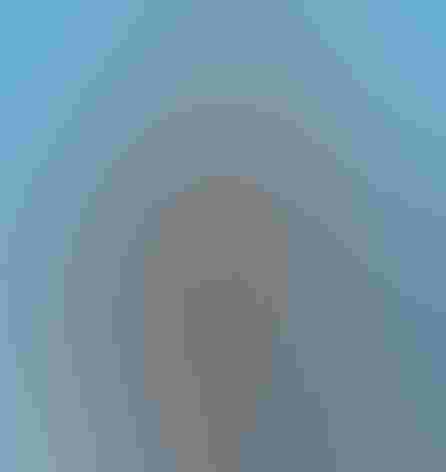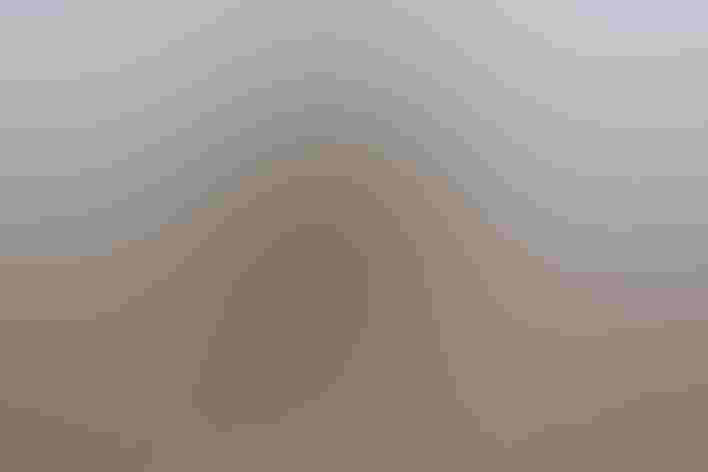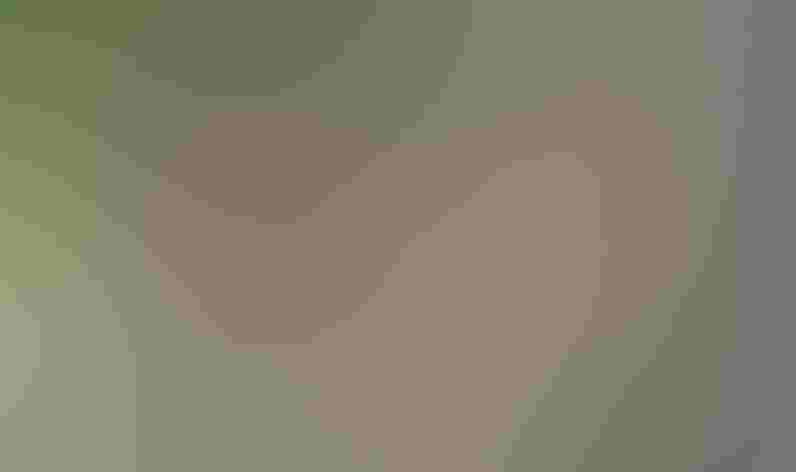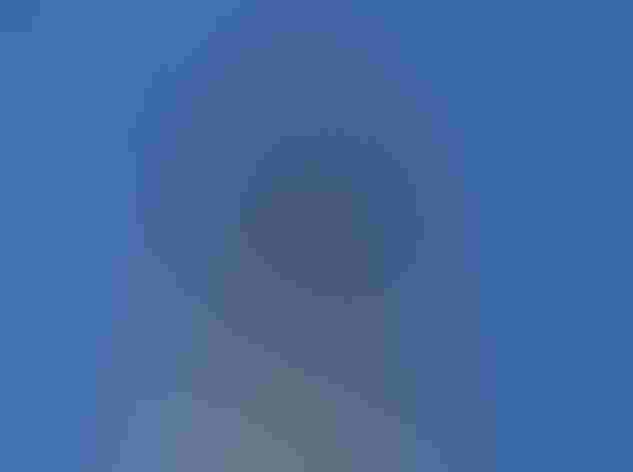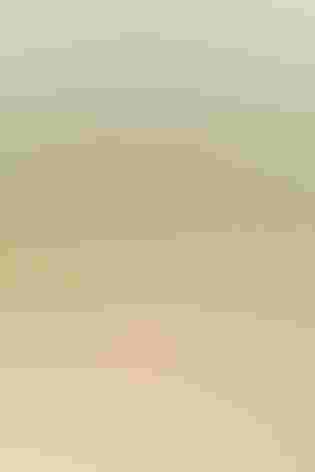Ferruginous Hawk
At a Glance
This regal bird is the largest of our soaring Buteo hawks, a fitting raptor for the wide skies and windswept plains of the west. It soars with its broad wings held in a shallow V, and swoops down to catch ground squirrels, snakes, young jackrabbits, and other good-sized prey. It is often seen sitting on the ground in open fields. Except when nesting, the Ferruginous Hawk seems curiously unafraid of humans, often allowing close approach.
All bird guide text and rangemaps adapted from by Kenn Kaufman漏 1996, used by permission of Houghton Mifflin Harcourt Publishing Company. All rights reserved.
Category
Hawk-like Birds, Hawks and Eagles
IUCN Status
Least Concern
Habitat
Desert and Arid Habitats, Fields, Meadows, and Grasslands, Shrublands, Savannas, and Thickets
Region
California, Great Lakes, Northwest, Plains, Rocky Mountains, Southwest, Texas, Western Canada
Behavior
Direct Flight, Soaring
Population
110.000
Range & Identification
Migration & Range Maps
Mostly a short-distance migrant; some southern breeders may be permanent residents. Very rarely strays east of normal range.
Description
22 1/2 -25" (57-64 cm). W. 4' 8 (1.4 m). Variable. Typical adult is pale, with rufous shoulders and thigh feathers; whitish tail washed with rufous toward tip. Juvenile usually lacks rufous on thighs. Some pale Red-tailed Hawks have very similar markings, but note different structure: Ferruginous has wide head, long wings broad at base but tapering toward tips, wings held up in shallow V while soaring. Dark morph can suggest dark Rough-legged Hawk, but lacks dark tail-bands.
Size
About the size of a Heron, About the size of a Mallard or Herring Gull
Color
Black, Brown, Red, White
Wing Shape
Long, Pointed, Tapered
Tail Shape
Rounded, Square-tipped
Songs and Calls
A loud descending kree-e-ah.
Call Pattern
Falling, Simple
Call Type
Scream
Habitat
Plains, prairies. Found at all seasons in very open and dry country. Inhabits dry grassland, sagebrush plains, saltbush and greasewood flats, rangeland, desert. In winter, also in agricultural country, including over plowed fields.
Sign up for 约炮视频's newsletter to learn more about birds like the Ferruginous Hawk
Behavior
Eggs
2-4, sometimes up to 6 or more. Pale bluish-white fading to white, usually marked with brown. Incubation is by both sexes but female does more, and male brings food to her. Incubation period 32-33 days.
Young
Female remains with young at first; male brings food, female feeds it to young. After about 3 weeks, both parents hunt. Age of young at first flight about 40-50 days.
Feeding Behavior
Hunts by watching for prey while soaring high, flying low, or from a raised perch. Sometimes waits on ground near active burrow of pocket gopher, then catches the rodent as it comes to surface.
Diet
Mostly small to medium-sized mammals. Feeds on most readily available small prey, such as young jackrabbits, ground squirrels, pocket gophers, kangaroo rats; also cottontails, mice, others. Also eats birds, snakes, large insects.
Nesting
Pairs may circle high above nesting territory, calling. Nest site is usually in top of tree, 20-50' above ground, but can be as low as 6' (available trees may be very short). Sometimes nests on cliff or on ground. Nest is bulky structure of sticks and debris, lined with finer materials, including cow dung. Historically, some nests were built of bison bones and lined with bison dung. Nest may be reused and added to annually until it becomes huge.
Conservation
Conservation Status
Threatened. Has declined seriously over most of its range; current population may be fewer than 4,000 pairs. Causes of decline include shooting, loss of habitat.
Climate Threats Facing the Ferruginous Hawk
Choose a temperature scenario below to see which threats will affect this species as warming increases. The same climate change-driven threats that put birds at risk will affect other wildlife and people, too.

